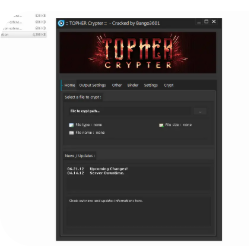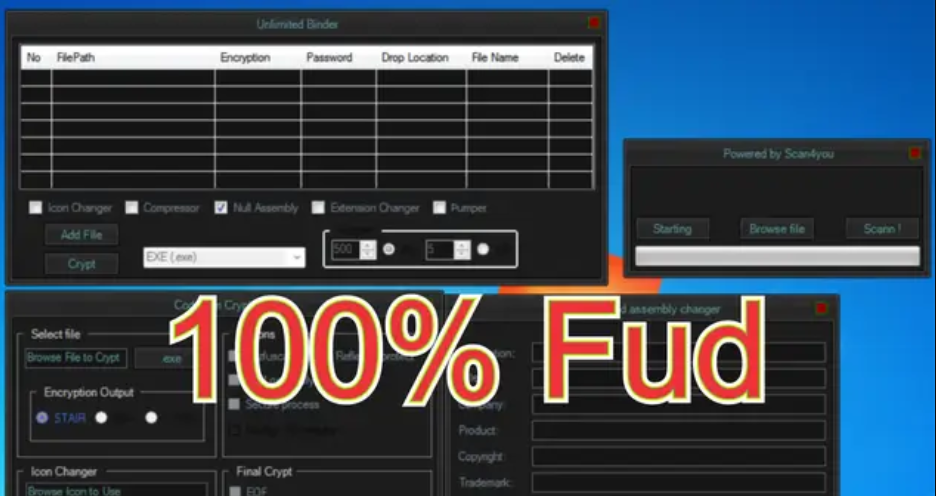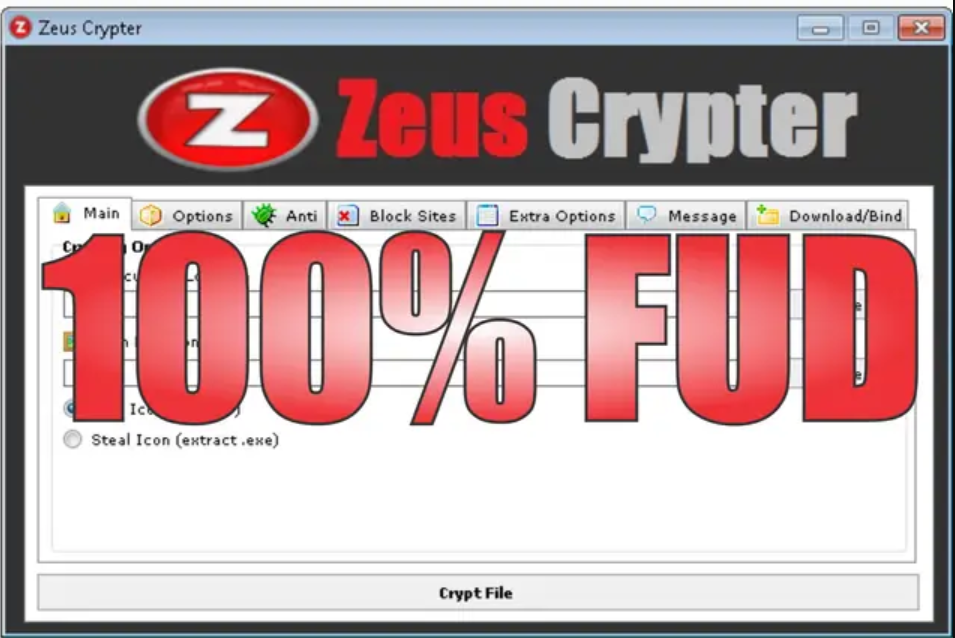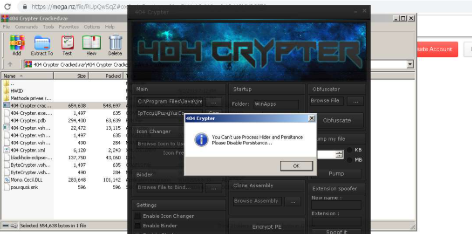
404 Crypter Cracked
In the evolving landscape of cyber threats, 404 Crypter Cracked have become indispensable tools for malicious actors seeking to evade detection. Cracked versions of these programs circulate in underground forums, democratizing access to advanced obfuscation techniques. These tools empower attackers to bypass traditional security measures, facilitating the distribution of ransomware, data stealers, and other malware. Their widespread use highlights the need for more sophisticated defensive strategies, as signature-based detection alone is no longer sufficient against these evolving threats.
Acting as a “wrapper,” it takes a harmful payload and applies multiple layers of obfuscation to make it appear benign. Cybercriminals frequently use such tools to deliver malware via phishing emails, malicious attachments, or compromised websites. While the crypter itself is not malicious, its primary purpose is to enable stealthy and persistent attacks by concealing the true nature of the payload.
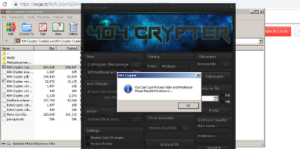
Key Features of 404 Crypter Cracked
| Feature | Description |
| Multi-Layer Encryption | Uses AES, XOR, or custom algorithms to obscure payloads. |
| Dynamic Code Mutation | Alters the malware’s signature with each iteration to evade static analysis. |
| Anti-Debugging | Detects and disrupts debugging tools to hinder reverse engineering. |
| Process Injection | Executes payload within legitimate processes (e.g., svchost.exe) to avoid detection. |
| Sandbox Evasion | Checks for virtualised environments and terminates execution if detected. |
| Persistence Mechanisms | Ensures malware remains active via registry modifications or task scheduling. |
How the 404 Crypter Cracker Operates: Techniques and Payload Delivery
The crypter employs a multi-stage process to ensure the payload remains undetected and executes successfully:
- Payload Submission
- The attacker loads the malware into the crypter’s interface.
- Obfuscation Process
- Encryption: The payload is encrypted using strong cryptographic algorithms, rendering it unreadable to scanners.
- Stub Generation
- A small, benign-looking “stub” (loader) is created, containing the decryption logic.
- Anti-Analysis Checks
- Before execution, the stub performs checks to identify:
- Debuggers.
- Virtual machines or sandboxes.
- Security tools.
- Before execution, the stub performs checks to identify:
- Payload Execution
- Once on the victim’s system, the stub decrypts the payload in memory (fileless attack) or writes it to a hidden directory.
- The malware is then injected into a legitimate process to avoid suspicion.
- Persistence and Propagation
- The payload may establish persistence by:
- Modifying registry keys.
- Creating scheduled tasks or startup shortcuts.
- Exploiting DLL search order hijacking.
- The payload may establish persistence by:
